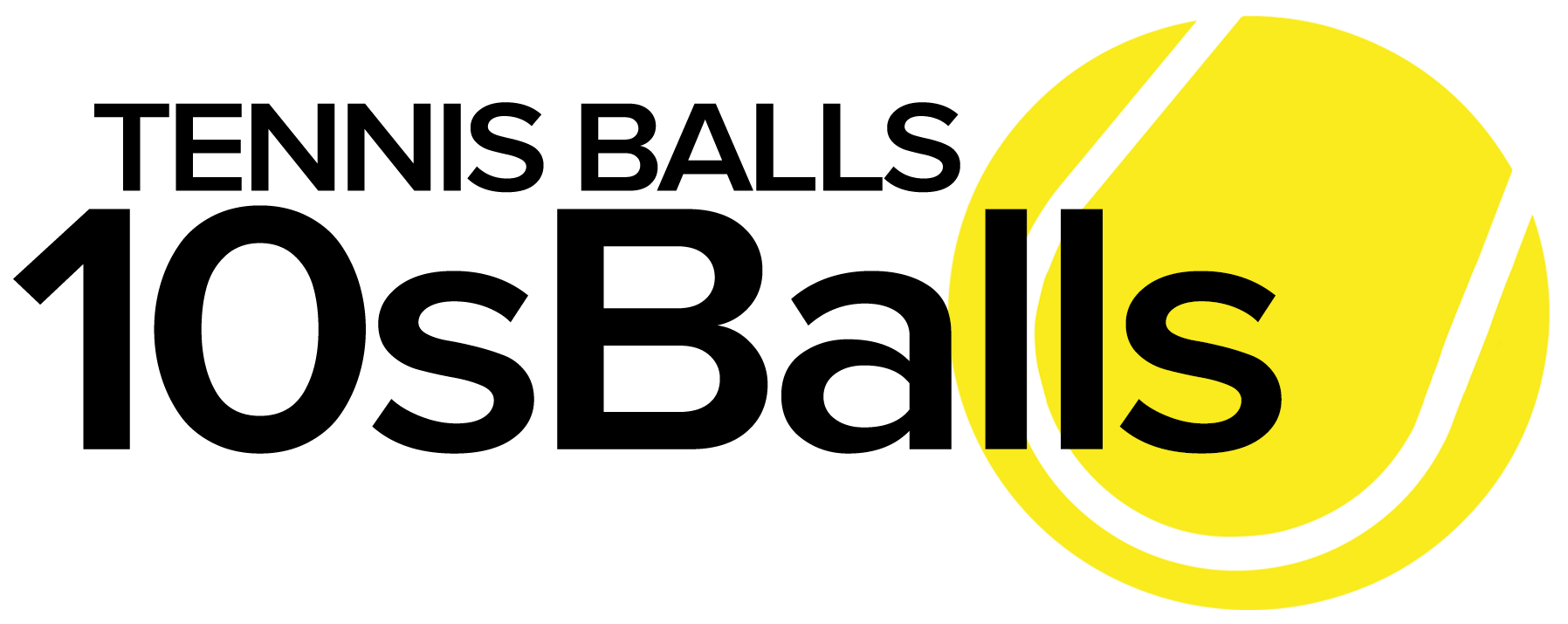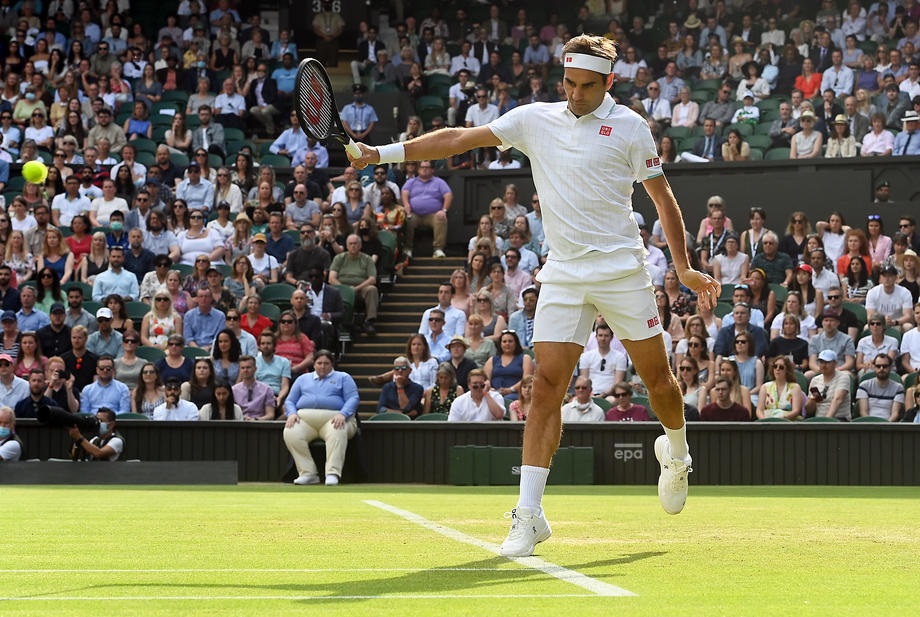- Mubadala Citi DC Open Men’s and Women’s Tennis Draws and Order Of Play for Saturday, July 27, 2024
- Paris Olympic Tennis Draws and Order Of Play for Saturday, July 27, 2024
- Kitzbuhel Generali Open Draws and Order of Play for Friday, July 26, 2024
- Paris Olympic Tennis Singles and Doubles Draws
- Croatia Open Umag Draws and Schedule for Friday, July 26, 2024
- Atlanta Open Draws and Order of Play for Thursday, July 25, 2024
- Croatia Open Umag Draws and Schedule for Thursday, July 25, 2024
- Laver Cup Tennis 2024 Is in Berlin September 20-22 • Almost all the top men’s players will be playing
- Coco Gauff Named Team USA Flag Bearer for Olympic Games
- Kitzbuhel Generali Open Draws and Order of Play for Wednesday, July 24, 2024
- Croatia Open Umag Draws and Schedule for Wednesday, July 24, 2024
- Atlanta Open Draws and Order of Play for Tuesday, July 23, 2024
- Fils upsets Zverev for Hamburg title, Borges beats Nadal in Bastad
- Kitzbuhel Generali Open Draws and Order of Play for Tuesday, July 23, 2024
- Croatia Open Umag Draws and Schedule for Tuesday, July 23, 2024
Noah Rubin’s “Behind The Racquet” • With • Mats Wilander | Tennis 10sBalls
- Updated: August 27, 2020
Editor’s note: 10sBalls thanks Noah Rubin for giving us permission to repost these great stories.
🎾🎾🎾
“Our third child was born with a genetic disease that severely affects his skin. When he was three years old, we moved from Connecticut to Idaho because the dry air was better for him. Tennis taught me to expect the unexpected and adapt to unique situations. These skills helped me adjust to his condition. Being a father is the biggest adjustment you make as a human being.
My career was split in two parts. During the first part of my career, I achieved my limits physically and emotionally but not joyfully. At age 16, I turned professional. At age 17, I won my first challenger event and the 1982 French Open. For the next six years, I captured Grand Slams and climbed the rankings. It seemed too easy. At age 24, I won the 1988 US Open and became the number one player in the world. That evening I thought, ‘Was that really my goal? Because my motivation has gone out the window.’ I kept playing and struggled with injuries. At age 27, I took a break and didn’t play for two years.
I was 29 when I returned to the tour. This time, my purpose was enjoying the experience of being a professional tennis player. I broke into the Top 50 and played for three more years before retiring. During this time, I didn’t work hard enough to capture more Grand Slams. At times, it was heartbreaking to no longer have the urge to be the best player in the world. Yet I enjoyed being in the locker room as a lower-ranked player. When you’re at the top, you are secluded from the others because your sole focus is winning tournaments. When you’re on the court, players respect you but off the court, no one knows you as a human being. I made great friends with my fellow competitors because you would lose a match then spend time with other players. For us, borders didn’t make a difference. I was close with the Australian, French, and American players. We formed lifelong friendships. Today, each player on tour is isolated with their own large team. I went from being the best player in the world to a player on tour not even contending for majors. I learned humility which served me well for the rest of life in my roles as a husband, father and friend. I would not change anything about my journey.”

If you want to follow Mats socially make sure you follow her Instagram: Click Here
🎾🎾🎾
You can check out more Behind The Racquet stories on the link below:
Facebook | Behind The Racquet
Twitter | @BehindTRacquet
Instagram | @behindtheracquet
Also listen to Noah Rubin’s Podcast
Behind the Racquet Pod Mike Cation & Noah Rubin/Tennis Channel Podcast Network
https://podcasts.apple.com/us/podcast/behind-the-racquet-pod/id1296708933
and check out his new clothing line!






